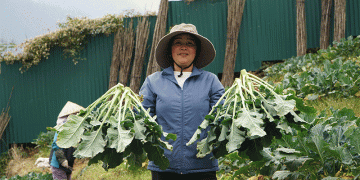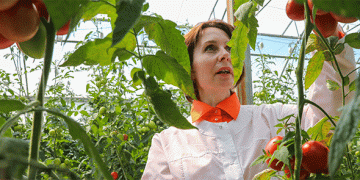A study published in the Journal of Applied Geophysics is looking at how ground-penetrating radar can help the automated harvest of asparagus spears. The technology, developed by researchers at Technische Universität Braunschweig (Braunschweig University of Technology), has been previously used to monitor tree root growth.
The asparagus detection system is rail-guided cart with a radar transmitter and receiver that uses radar signals to scan the top surface of the asparagus bed. The system is then able to calculate cutting depth.
Here’s more from Physics World:
The system scans the top surface of the asparagus bed using radio-wave pulses in the 0.2–2 GHz band as well as continuous-wave radar.
From this, a small safety margin can be added to produce a single cutting depth for the entire field or, to better maximize crop yield, the cutting depth could be dynamically adjusted as the harvester moves across each ridge.
With their initial study complete, the researchers are now looking to further develop and simplify their detection technique, with the long-term aim of working towards a commercially viable application. One particular challenge to be overcome is how to refine the signal-processing technique to handle different soil conditions.




























